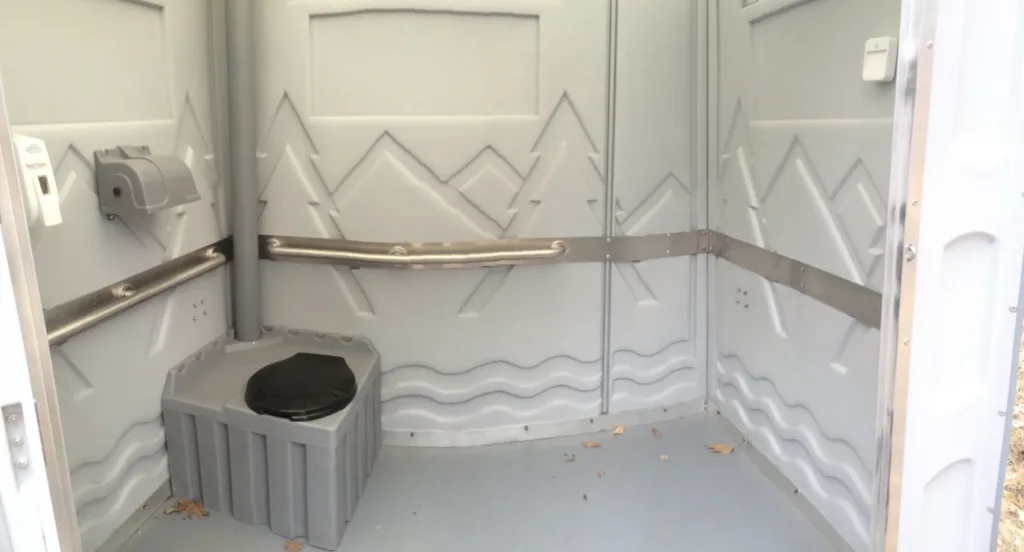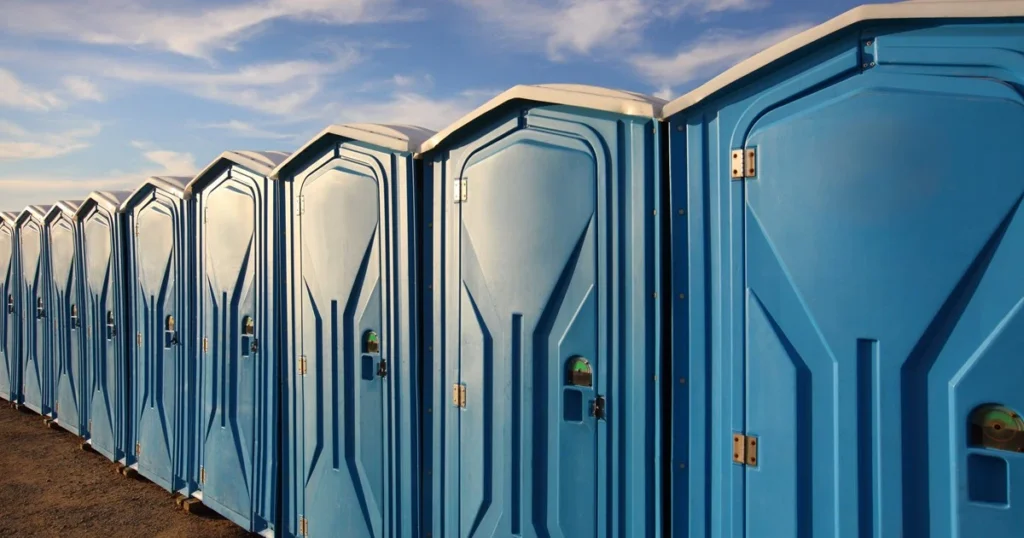Winterizing Your Porta Potties: Tips and Tricks
Winter months bring holiday spirit and snowfall, but also some unique challenges for porta-potty rental businesses. When temperatures drop, things inside the porta-potties can freeze. This is bad news for both the operators and the users. Nobody wants to deal with frozen waste or unusable facilities, especially in the cold. Therefore, winterizing your porta potties becomes a critical operation.
If you are curious about the profitability of the porta-potty industry, visit this article.
Pre-Winter Checks: Making Your Porta Potties Ready for Cold Weather
Importance of Thorough Inspection
Before the frost sets in, taking a good look at each unit is the first step in preparing for the season. Making sure everything is in good shape can prevent larger issues down the line.
- Check the door seals and locks.
- Inspect the waste tank.
Types of Checks Needed
- Structural Integrity: Look for any cracks in the plastic, which can worsen in the cold.
- Ventilation: Ensure the vents are clear, as they can become blocked by ice or snow.
- Waste Tank: Verify it’s empty and clean, ready for the anti-freeze solutions.
- Accessories: Sanitizer dispensers and paper holders should also be checked to make sure they’re functioning properly.
A checklist can go a long way in making this process easier. Each unit should be checked off as it goes through this winter readiness program.
Tips for Efficient Checking
- Create a maintenance schedule: Being systematic can help keep track of what’s been done and what’s pending.
- Use a dedicated team: Assign a small team to conduct these checks. This ensures that everyone knows what they’re looking for.
Failing to make these pre-winter checks can lead to malfunctioning units, unhappy customers, and potential loss of business. If it isn’t ready for winter, it won’t function well when the cold strikes. So, get these porta potties winter-ready and ensure a hassle-free season for both the business and the clients.

Keeping the Plumbing From Freezing: Proactive Measures
During winter, plumbing issues can become a huge headache. A frozen waste tank or plumbing line isn’t just an inconvenience; it can also lead to more significant problems like damage or leaks. Here’s how to prevent that from happening:
Types of Antifreeze Solutions
There are several types of non-toxic antifreeze solutions available in the market, specifically designed for porta potties and RVs. Here’s a breakdown:
- Propylene Glycol-Based: Known for its safety, this type is generally more expensive but worth the cost.
- Ethanol-Based: This is a more affordable option but tends to evaporate faster.
- Salt Brine: This solution is generally less recommended due to its corrosive properties but can be used in a pinch.
Adding Antifreeze to the Tank
Here’s how you can add antifreeze to the waste tank:
- Empty the Tank: Start with an empty waste tank to ensure the antifreeze mixes well.
- Measure the Amount: Follow the manufacturer’s instructions on how much antifreeze to use based on your tank’s capacity.
- Pour and Mix: Slowly pour the antifreeze into the tank while mixing it to ensure even distribution.
Heating Solutions
Another way to keep the plumbing from freezing is by using heating solutions like:
- Heating Pads: These can be attached directly to the pipes.
- Heated Blankets: Cover the waste tank with a heated blanket for added protection.
- Tank Heaters: Specialized heaters can be installed to keep the waste tank at a constant temperature.
Regular Maintenance Checks
- Temperature Monitoring: Keep a thermometer inside to monitor the temperature regularly.
- Frequent Visits: During extreme weather, increase your service visits to ensure everything is functioning properly.
By being proactive, you can save both time and money, not to mention you’ll avoid the hassle of dealing with frozen waste in the dead of winter.

The Importance of Quality Supplies: What to Look For
Winter can be a tricky season for porta potty rental businesses. Subpar supplies may lead to frequent service calls, unsatisfied customers, and even potential damage to the units. Investing in quality supplies specifically designed for winter operation can make a significant difference. Here’s what to look for:
Door Seals
The doors are often a weak point when it comes to insulation. Quality door seals are important to:
- Prevent Drafts: Look for weather-stripping kits designed for outdoor use.
- Retain Heat: A tight seal helps to keep any heat generated inside the porta potty from escaping.
Floor Materials
Cold floors can be uncomfortable for users. Consider these materials to insulate the floor:
- Rubber Mats: They’re easy to clean and offer a layer of insulation between the floor and the user.
Waste Tank Additives
Quality additives can help break down waste and reduce odors, which is particularly important in cold weather when smells can become concentrated:
- Enzyme Additives: These naturally break down waste and are environment-friendly.
- Chemical Additives: Though effective, make sure they’re safe and non-toxic for users.
By choosing quality supplies, you not only make the units more comfortable for the users but also reduce the likelihood of issues that demand emergency attention. This thoughtful approach can also become a selling point for your business, attracting more customers looking for a reliable winter porta potty rental option.
Keeping Business Going in the Winter
Winter doesn’t have to be a slow season or a time of recurring problems for porta potty rental businesses. With proper winterization methods and quality supplies, you can offer a reliable service that keeps customers happy and sets you apart from competitors. Preparation and proactive steps can transform winter from a liability to an asset. So, let’s embrace the challenges and opportunities that winter brings, fortifying our services for success in any season.
FAQs on Winterizing Porta Potties
1. How often should I check my winterized porta potties?
Regular checks, ideally every week, are crucial during the winter months. These checks help ensure that the winterization measures are holding up well and your units are free from issues like freezing.
2. What type of insulation works best for winterizing porta potties?
Foam board insulation or spray foam insulation are generally the best options for winterizing your units. They offer a good balance of effectiveness and affordability.
3. Can you add anti-freeze solutions to the waste tanks?
Yes, adding a non-toxic antifreeze solution to waste tanks can help prevent the contents from freezing and causing damage or unpleasant experiences for users.
4. Do I need special cleaning solutions for winter?
No, your usual cleaning solutions should work fine as long as they are used along with winterization techniques. However, you may consider using cleaning agents that have a lower freezing point.
5. How can I educate my customers about using winterized porta potties?
Informing customers about the measures you’ve taken to winterize the units can go a long way. Provide simple, easy-to-understand instructions posted inside the unit or sent via email or text messages. This not only ensures that they know how to use the units properly but also builds trust.


